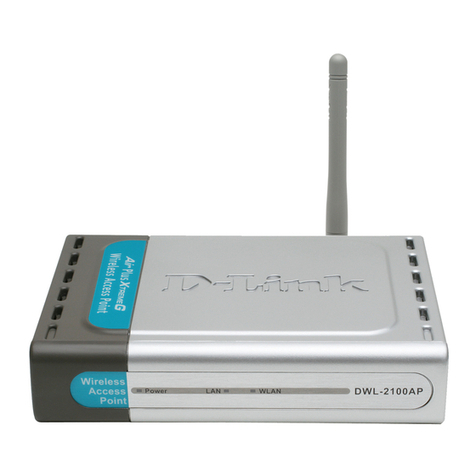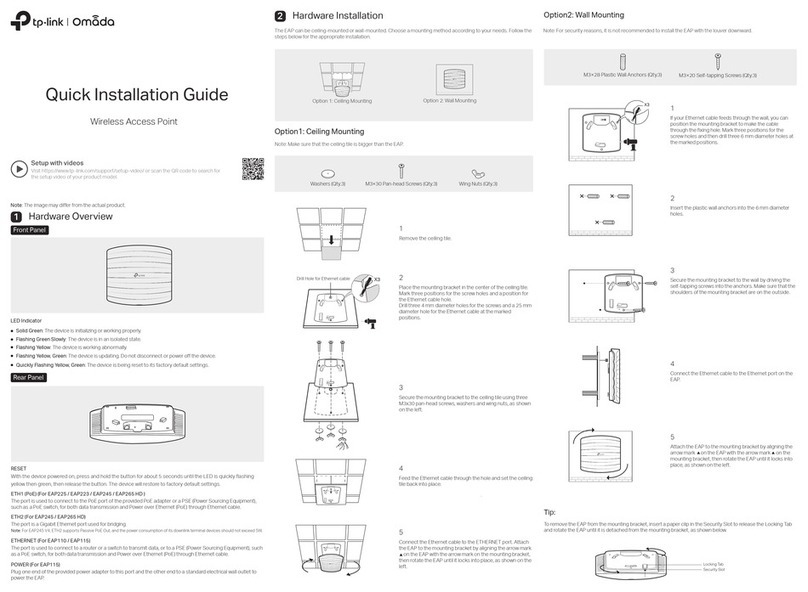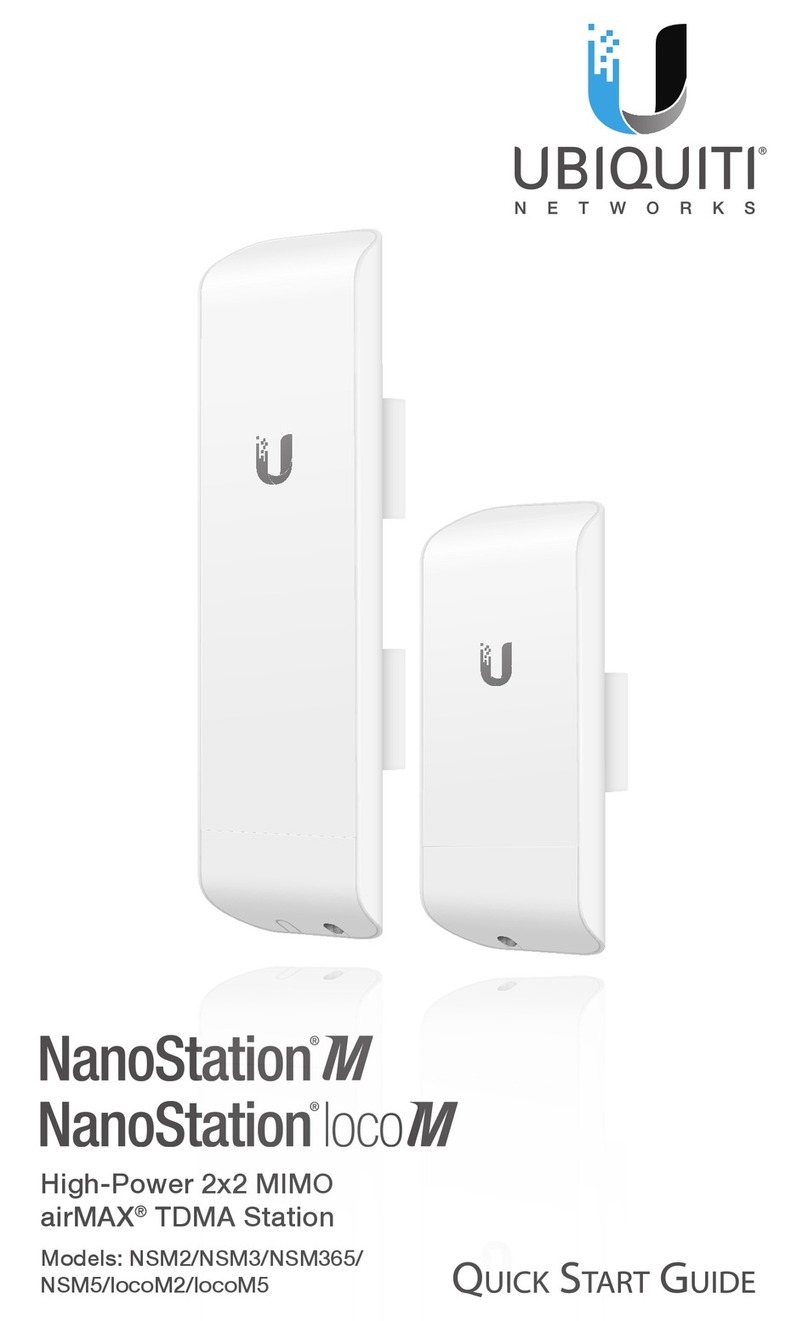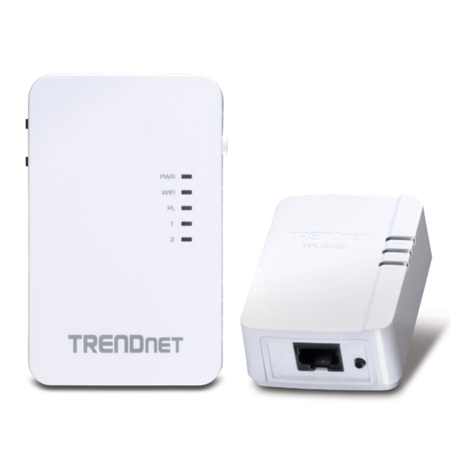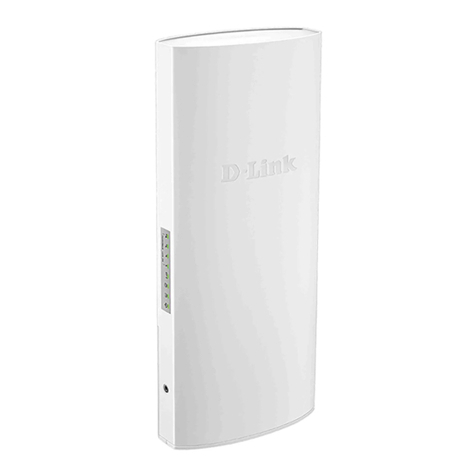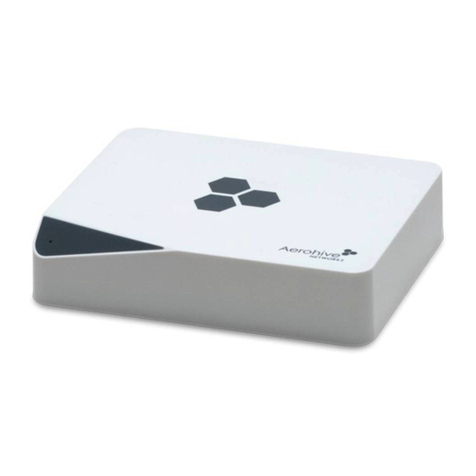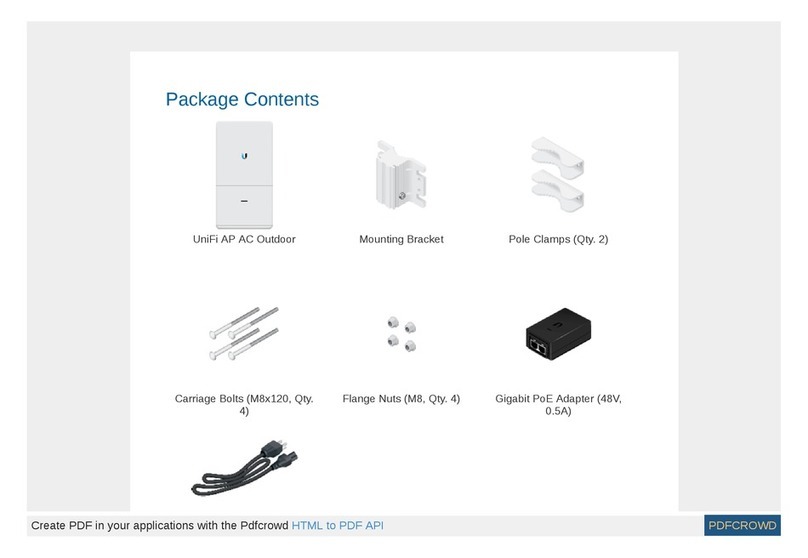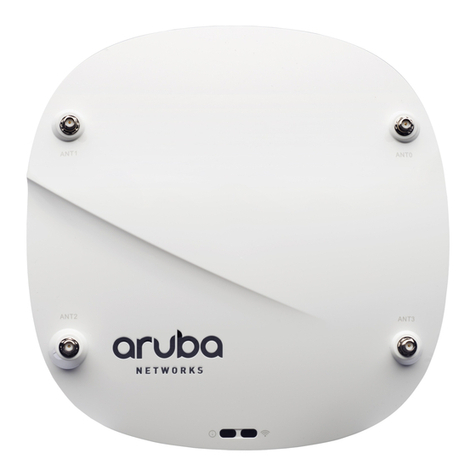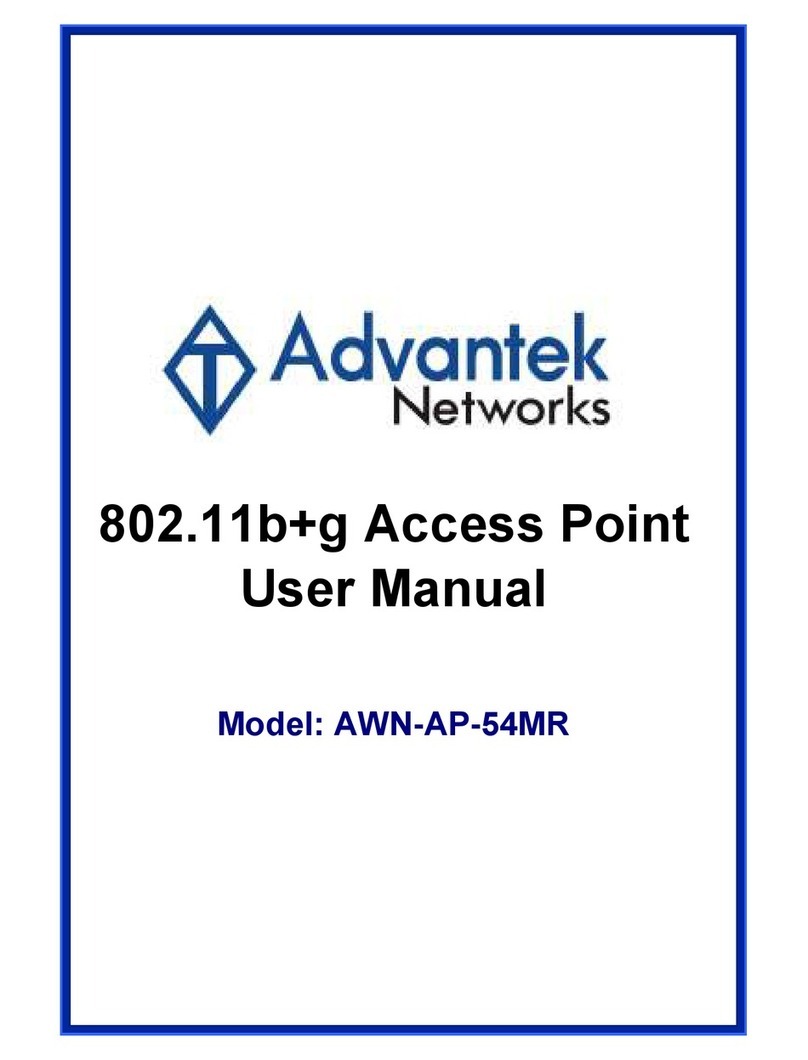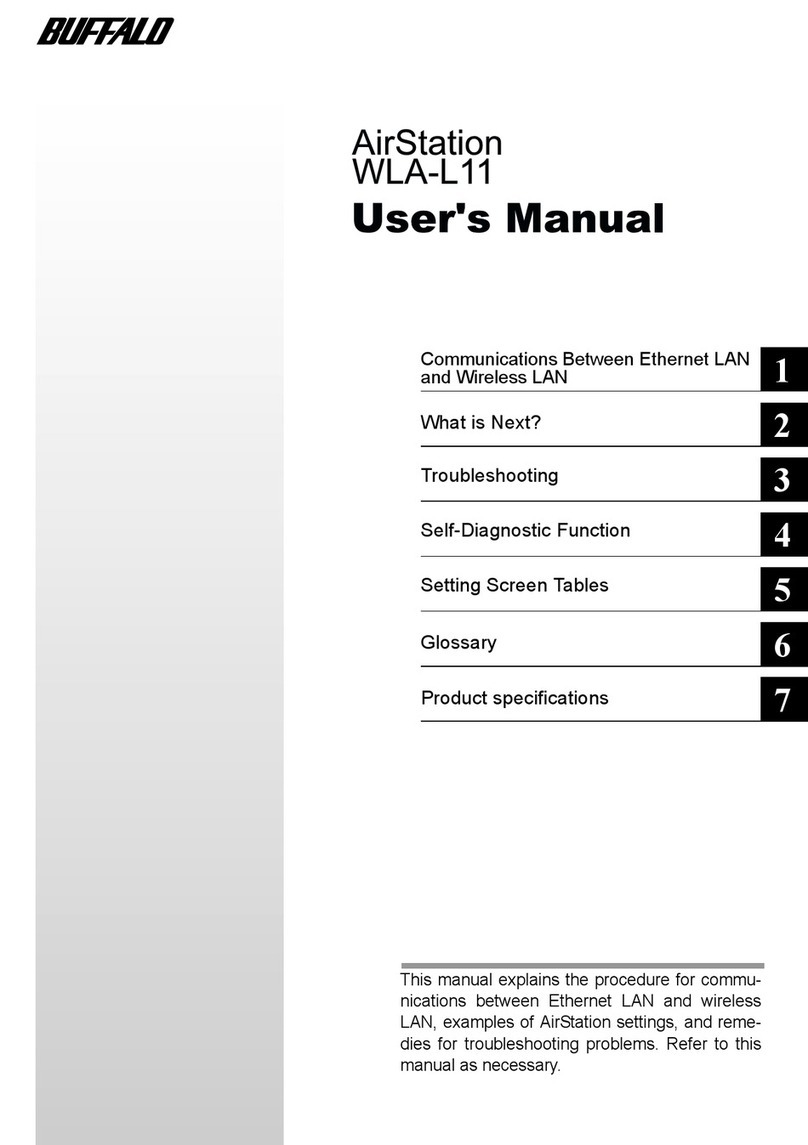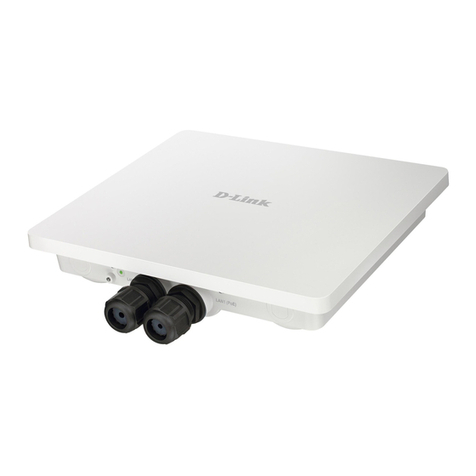
PT100 User Guide 2
Preface
Introduction
This manual will introduce you to the PT100 and describe its functionality so you can make the best use of your new
product.
The PT100 Portable TAP (Traffic Access Point) is ideal for 100M network troubleshooting. The PT100 offers
innovative features such as passive live network monitoring, POE (Power Over Internet) pass-through, and 1G monitor
ports. The PT100 can be deployed with little network downtime. Once deployed, the PT100 enables you to
troubleshoot your network segments quickly and effectively, using only a single network analyzer. The PT100 makes
use of gigabit monitor interfaces where directional traffic is combined, or aggregated, thus allowing easy analysis on
dedicated capture devices or portable computers. The PT100’s two gigabit monitor interfaces allow for up to two
different tools to capture identical full-duplex traffic flowing over a single Ethernet segment. This TAP is not designed
for use with POE+ networks.
Product Features and Benefits
Caution: The information and procedures in this manual should be used by a
professional network engineer. Make sure to take all necessary precautions to ensure
that the installation and implementation of this product do not interfere with normal
network operations.
Features Benefits
Link Failure Propagation (LFP) Allows the attached network devices to
detect if the link state is lost on adjacent
network devices.
LinkLock Mode Creates a permanent physical connection
between the live network ports.
Passive Network Ports Ensures the live network continuity is
maintained during power state changes.
Guaranteed 100% live link uptime even on
power loss.
Aggregating Monitor Ports Enables monitoring of full-duplex network
traffic from each interface, ensuring 100%
data is passed to the monitor tools.
Gigabit Monitoring Ports Ensures all data from live network ports is
captured on a single monitoring interface.
Power Over Ethernet (POE) Passive Passes POE to attached supporting devices.


